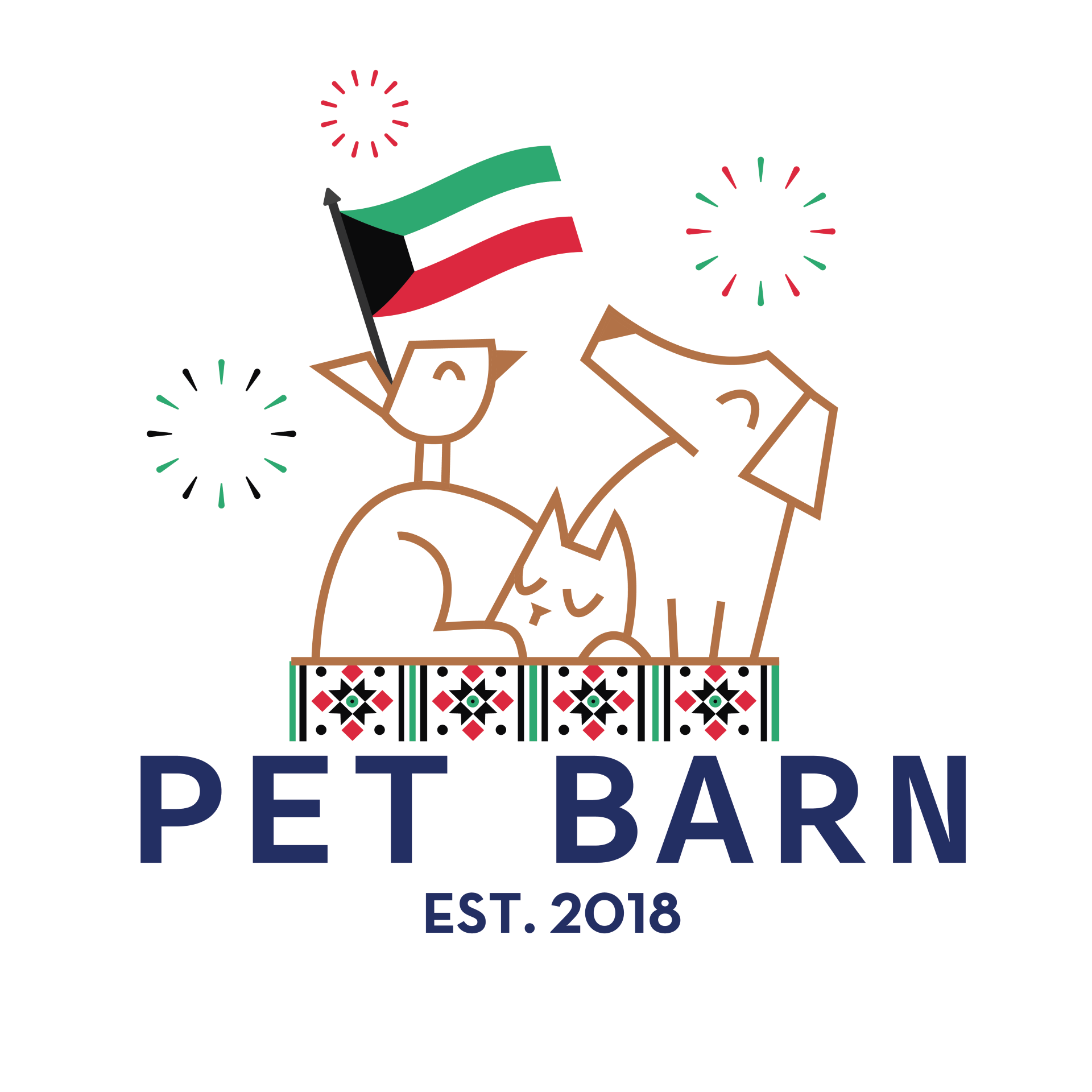As we stand on the threshold of a new year, brimming with possibilities and opportunities, it’s an ideal time to reflect on growth, renewal, and the pursuit of new experiences. For many of us, our pets are not just animals; they’re beloved members of our families, steadfast companions who journey with us through life’s ups and downs. As we embrace the spirit of fresh beginnings, why not embark on a journey of discovery together? In this extended exploration, pet barn ‘ll delve deep into the transformative power of pet training, uncovering the myriad benefits it offers for both pets and their human counterparts.
The Art of Learning Together
At its core, pet training is about more than just teaching tricks; it’s a collaborative endeavor that fosters mutual understanding, strengthens bonds, and enriches the lives of both pets and their owners. Whether you share your home with a playful pup, a curious cat, or a feathered friend, each creature possesses a unique blend of intelligence, curiosity, and potential waiting to be unleashed.
Mindful Engagement and Mental Stimulation
One of the most compelling reasons to engage in pet training is the profound impact it has on your pet’s mental well-being. Just like humans, animals thrive on mental stimulation and the opportunity to learn and grow. By introducing structured training sessions into your pet’s routine, you provide them with the mental challenges they crave, stimulating their minds and warding off boredom and behavioral issues.
Pet training isn’t just about teaching your furry friend to sit, stay, or roll over. It’s about engaging their minds, encouraging problem-solving skills, and fostering a sense of accomplishment and confidence. From basic obedience commands to advanced agility courses, the possibilities for pet training are limited only by your imagination and creativity.
Tailoring Techniques to Suit Your Pet’s Personality
Every pet is a unique individual, with its own personality, preferences, and quirks. As such, it’s essential to tailor your training techniques to suit your pet’s specific needs and learning style. Some pets may respond well to positive reinforcement and treats, while others may require a more gentle and patient approach. By observing your pet’s behavior and cues, you can adapt your training methods to ensure a positive and rewarding experience for both of you.
For example, a high-energy dog may thrive in a fast-paced agility class, while a shy or anxious cat may prefer quiet, one-on-one sessions in the comfort of their own home. By taking the time to understand your pet’s unique personality and preferences, you can create a training plan that meets their individual needs and sets them up for success.
The Importance of Patience and Persistence
It’s important to remember that pet training is a journey, not a destination. Rome wasn’t built in a day, and neither are perfectly executed tricks. It takes time, patience, and persistence to teach your pet new behaviors and commands. Set realistic goals, break down complex tasks into smaller, more manageable steps, and celebrate each small victory along the way. By maintaining a positive attitude and a willingness to adapt and learn from your experiences, you’ll lay the groundwork for success.
When it comes to pet training, consistency is key. Practice regularly, reinforce positive behaviors, and be patient with your pet as they learn and grow. Remember, every interaction is an opportunity to strengthen your bond and build trust with your furry friend.
Building Trust and Strengthening Bonds
At its heart, pet training is about building trust and strengthening the bond between you and your furry companion. Through clear communication, consistent expectations, and mutual respect, you establish a foundation of trust that forms the bedrock of your relationship. As you work together to master new tricks and behaviors, you forge deeper connections rooted in love, understanding, and shared experiences.
Pet training isn’t just about obedience; it’s about building a partnership based on trust, respect, and mutual understanding. By working together towards a common goal, you and your pet can overcome obstacles, navigate challenges, and celebrate successes as a team.
Celebrating Milestones and Embracing Progress
In the fast-paced whirlwind of daily life, it’s all too easy to overlook the small victories and milestones that pepper our pet training journeys. Whether it’s mastering a new command, overcoming a stubborn behavior, or simply sharing a moment of connection, each achievement is cause for celebration and reflection. Take the time to acknowledge and savor these moments, recognizing the progress you’ve made together and the potential that lies ahead.
Pet training isn’t just about reaching the end goal; it’s about enjoying the journey along the way. Celebrate each milestone, no matter how small, and cherish the moments of connection and camaraderie that arise as you work together towards a common purpose.
Exploring New Tricks and Techniques
Now that we’ve explored the foundational aspects of pet training, let’s dive deeper into some specific tricks and techniques you can teach your furry friend.
1. Basic Obedience Commands:
Start with the basics like sit, stay, come, and heel. These commands form the building blocks for more advanced training and help establish boundaries and expectations for your pet.
2. Trick Training:
Once your pet has mastered the basics, it’s time to get creative! Teach them fun tricks like shaking, roll over, play dead, or spin. Not only are these tricks impressive to show off to friends and family, but they also provide mental stimulation and keep your pet engaged and entertained.
3. Agility Training:
Agility courses are a fantastic way to challenge your pet both mentally and physically. Set up a course in your backyard or find a local agility class where your pet can navigate obstacles like tunnels, jumps, and weave poles. Not only does agility training improve your pet’s coordination and agility, but it also strengthens your bond as you work together to conquer the course.
4. Scent Work:
Dogs have an incredible sense of smell, and scent work taps into this natural ability. Hide treats or toys around your home or yard and encourage your dog to use their nose to find them. You can also try more advanced scent work activities like tracking or searching for specific scents.
5. Clicker Training:
Clicker training is a popular and effective method for teaching new behaviors. The clicker serves as a marker to signal to your pet that they’ve performed the desired behavior correctly, followed by a reward like treats or praise. With consistency and repetition, your pet will quickly learn to associate the clicker with positive reinforcement and eagerly offer up behaviors in search of rewards.
Looking Towards the Future
As we step into this new year filled with promise and possibility, let us resolve to embrace the transformative power of pet training, unlocking the full potential of our cherished companions and nurturing the bonds that unite us. Together, we can embark on a journey of growth, discovery, and shared experiences, creating memories that will endure long after the holiday season has passed.
So, as you bid farewell to the old year and welcome the new one with open arms, why not make a resolution to explore the world of pet training? With dedication, patience, and a sprinkle of magic, you’ll unlock a world of possibilities and forge a bond with your pet that will last a lifetime. Here’s to a new year filled with boundless adventures, endless opportunities, and the timeless joy of companionship.

